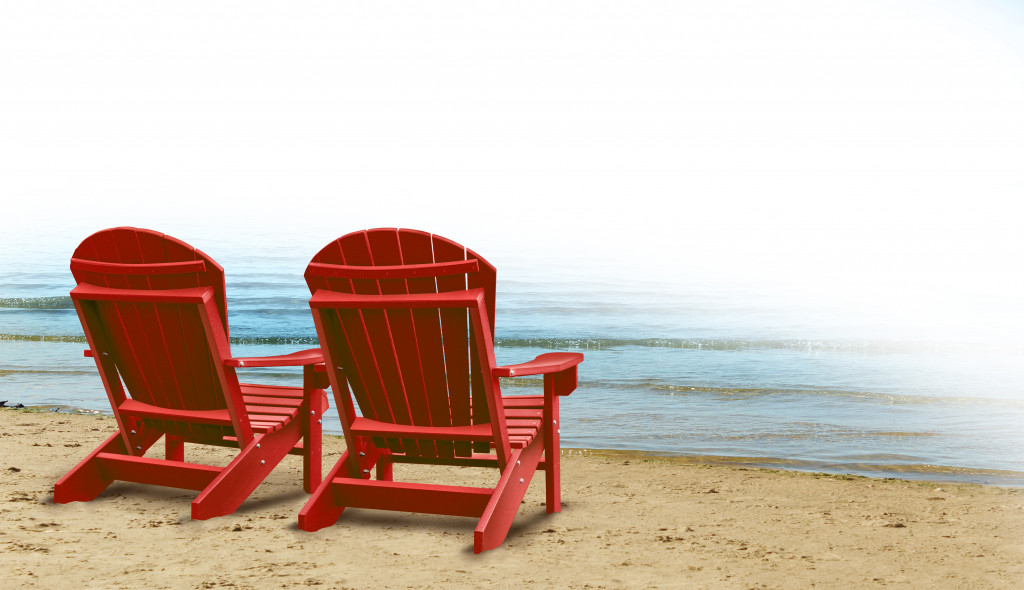Everybody loves to travel, but even in a world free from COVID-19, we tend to face constraints of time and budget. Some people are fortunate enough to have more than enough resources. Others are able to combine higher education with tourism through gap-year programs.
The rest of us, however, have to plan carefully before we hit the road or book our flights. We need to save money and plot our leave allocation well ahead of time.
Maybe one day you can make a business out of your travel lifestyle. Some are able to finance their travels through travel blogging, but that can also be a crowded, winner-take-all niche. In any case, it can take years before those efforts gain traction.
What else can you do to begin traveling now and sustain that lifestyle? Here are three basic models that you can start implementing.
Become a digital nomad
With the onset of the pandemic, many companies were forced to embrace remote working arrangements. The shift was largely a success on both sides. Employers managed to continue their operations while saving costs and keeping their workforce safe. Workers avoided furloughs while skipping the daily commute, saving money, and enjoying better flexibility.
When you think about it, however, remote work doesn’t have to mean working from home. It could as well mean working from anywhere. A lot of employers have become more open to the idea of working with freelancers from the international labor pool, even at the risk of not knowing them personally. You can provide the same services from across time zones, with the added edge of being someone they already know and trust.
Digital nomadism was already appealing in previous years. It’s now set to lure even more workers as travel restrictions loosen up. Facilities for co-working and living can ensure your safety and access to all the technology you’ll need to perform your job. And depending on the location, your cost of living might even be more affordable than here in the US.
Engage in sporadic work
Being a digital nomad is basically taking your regular employment and transplanting it to another country. It’s a fairly easy transition to navigate. But the typical digital nomad isn’t a backpacker who happens to work on the road. They need to be very disciplined, maintaining a clear separation between their jobs and leisure time.
If your idea of work-travel balance places greater emphasis on the enjoyment of the travel experience itself, a second model might be preferable. Seasoned travelers often work on short-term jobs. They maximize earnings and save hardcore. That frees up enough time and resources for the rest of the year to fund their travels and enjoy a flexible schedule.

This model of sporadic work depends a lot on career compatibility, however. You’ll want a contract that pays well but doesn’t leave you locked in long-term; not all employers are looking for that sort of worker.
Alternatively, you can settle for less compensation, but seek to supplement your sporadic income through passive revenue streams. Just make sure they are truly passive. You don’t want to be an absentee landlord, for instance; tenants could abuse the property, be delinquent in payments, or have issues that need your attention.
Work on location
Maybe sporadic work is hard to come by, or you don’t fancy being extremely thrifty while staying in your home country every other month. A third model would be to simply find work wherever you go.
The viability of this option depends largely on your career and skill set. But the average American citizen will have many opportunities for working abroad, even on a short-term basis. Simply being a native English speaker means you can work as a tutor or travel writer.
You can also find contract-based work in tourism-related fields. Selling your photography, for instance, can help generate income as you go. Or if you’re very familiar with a location, you can be a tour guide and offer a different experience from what most locals serve up to tourists.
Working on location has its drawbacks. You’ll probably be getting paid in local currency instead of American dollars. And the opportunities can be a mixed bag in terms of your career development unless you really are serious about teaching English or becoming a travel photographer. But compared to the previous two, you likely get to spend more time traveling and doing the things you enjoy.
These options aren’t a perfect solution to sustain your travel lifestyle. Ultimately, you probably still want to make a business out of it. But if you find one that works for you right now, it can be a great transition towards that ideal.



